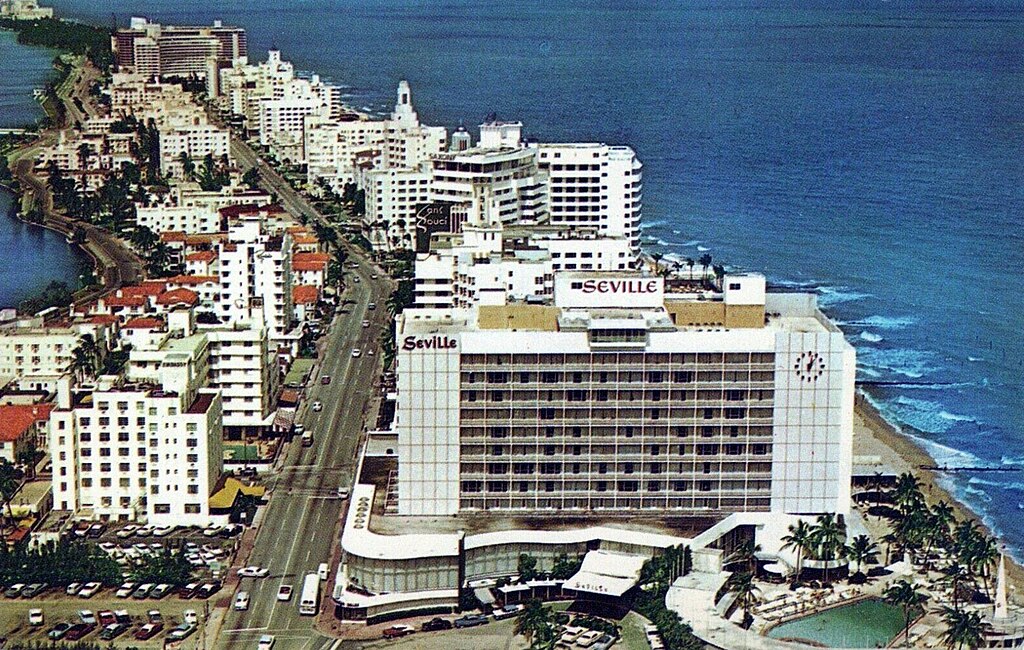The dramatic move by Gavin Newsom, Scott Wiener, Buffy Wicks and the Democratic establishment to eviscerate CEQA made not only national but international news.
The New York Times ran a big story, with a typically misleading headline:
Gov. Gavin Newsom and state lawmakers scaled back a law that was vilified for its role in California’s housing shortage and homelessness crisis.
The UK Guardian was about the same:
Governor Gavin Newsom says bureaucratic roadblocks have made it difficult to build housing in the most populous state.
It’s true that in some cases, environmentalists and some Nimbys have used CEQA to slow down (but hardly ever block) new housing. (Everyone loves to talk about the Nordstrom parking lot, but that project was not “blocked,” is fully approved, and isn’t getting built anyway).
In San Francisco, the law has been used far more often, and far more successfully, to challenge highrise office buildings, and CEQA lawsuits in the 1980s by attorney Sue Hestor and San Franciscans for Reasonable Growth led to profound changes in the way office developers had to mitigate their impacts and provide community benefits (including affordable housing and transit fees).

Labor has used the law to try to force developers to pay union wages at projects; it’s a tool, like a strike is a tool, and it’s worked at times, and the state is a better place if workers are paid fairly.
Senator Wiener crowed about his law in a press release today:
Tim – Scott just passed the most significant CEQA reform bill in California history – cutting red tape and streamlining permitting for affordable, abundant housing and the projects our communities need to thrive.
Governor Newsom signed the bill the second it passed last night, meaning it goes into effect immediately to make California a more affordable place to live.
CEQA is not the reason California has an affordable housing crisis—and the bills Newsom signed are not primarily about affordable housing. The new rules would exempt almost all housing, including luxury housing, in most urban areas from any environmental review. “CEQA for residential construction in cities is gone,” Richard Drury, a leading environmental lawyer, told me.
Oh, and there’s no longer any meaningful protection for historic buildings and districts. “CEQA for historic resources is gone,” except in very limited circumstances, Drury said.
But there’s more: Newsom, in a press release, says the bills are aimed at
streamlining CEQA review to speed up delivery of housing and infrastructure projects — including infill housing, high-speed rail facilities, utilities, broadband, community-serving facilities, wildfire prevention, and farmworker housing.
High speed rail is a great idea. So is childcare, and farmworker housing (and I have yet to see a CEQA lawsuit blocking farmworker housing).
But the bills also exempt from CEQA review any type of “new manufacturing facility” that uses science or technology. That, of course, is almost any new manufacturing—including, say, a chemical plant or a lithium battery manufacturer, as long as they are in an industrial zone.
Manufacturing plants are always in industrial zones in California.
“They tucked that in with a list of exemptions for things like day care,” Drury said.
Oh, and it removes the ability of the Coastal Commission to hear appeals for residential projects in coastal areas:
This bill would exempt a residential development project, as defined, from the above provisions relating to the appeal of developments located in a sensitive coastal resource area and developments approved by a coastal county. The bill would also require the commission, no later than July 1, 2027, and annually thereafter, to submit a report to the Legislature that includes specified information relating to residential development projects for the preceding calendar year, as specified.
That means we could see Miami Beach-style development along the coast—and I can pretty much guarantee that highrise waterfront condos are not going to be “affordable.”
Newsom has apparently signed on fully to the “abundance” mythology. He talks in a press release about
advancing faster, more affordable housing and infrastructure as part of California’s Abundance Agenda … “This isn’t just a budget. This is a budget that builds. It proves what’s possible when we govern with urgency, with clarity, and with a belief in abundance over scarcity.
The problem with the “abundance agenda,” of course, it that it does nothing to address economic inequality and assumes that an unfettered market will solve all our problems. We know that’s not true; we have decades of evidence. In fact, most of the problems we face today are the result of efforts to cut taxes and deregulate markets that started under Ronald Reagan. This is more of the same.
If eliminating environmental review for most projects would mean housing prices would come down to the level that most working people in California would not be rent burdened and could afford to buy a house, we could have that debate.
I have asked the Yimby leaders and developers repeatedly to show me a financial plan from a private market developer that would create housing affordable for people who earn less than the median income in San Francisco without public subsidies. That would mean rents for a new studio or one-bedroom for less than $1,500 a month. For people who make less than $25 an hour, and that’s a lot of workers, the rent would have to be $1,200 a month. That’s assuming these workers have no kids, or that it’s okay to raise a family in a small studio apartment.
I have seen no scenario in which the private market will provide this, CEQA or no CEQA. I see no scenario in which existing landlords of older buildings, many of whom have mortgages based on current high rents, will lower the rents to affordable levels because of “competition” from new buildings. If anyone’s got a pro forma, please send it to me.
This package does nothing to further the affordability goal. It’s classic Newson: Lots of flash and dazzle, lots of press releases, and nothing that would really solve the problem.
But hey: It’s all about the White House anyway.




